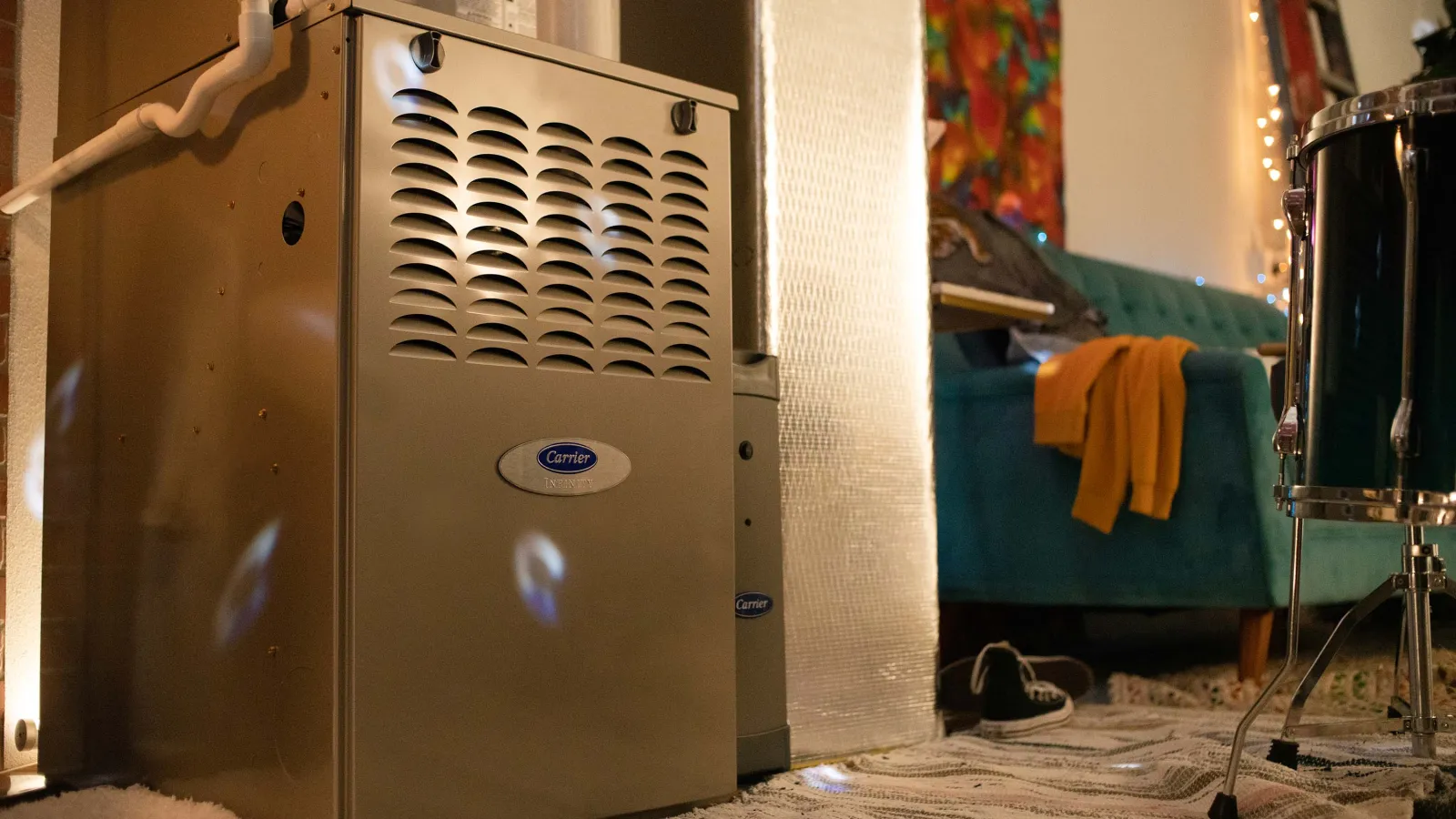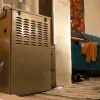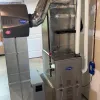Once October rolls around in Atlanta, the cool-but-not-quite-cold days are a frequent reminder that it’s almost time to fire up the furnace for winter. And as soon as you start running your furnace, you’re trusting it to operate safely. In other words, no gas leaks and no carbon monoxide (CO) entering your living space.
Come to think of it, there’s another gas appliance you also trust not to cause those problems: your water heater. It’s burning gas to heat your water pretty much all the time.
If you’re like most homeowners with these gas appliances, you feel safe knowing they live in a vented environment. Typical gas furnaces and water heaters need combustion air from the surrounding area to operate properly — and safely. If they don’t get it, they can leach carbon monoxide into your living space. That’s one reason, among others, that most attics and crawlspaces are vented to the outdoors.
But what about environments that don’t have much ventilation? Some people have sealed and insulated attics, encapsulated crawlspaces, and/or finished basements that house their water heaters and furnaces.
Is that safe?
Understanding atmospheric combustion appliances
Most furnaces and water heaters are classified as “atmospheric combustion” appliances and require significant ventilation. This includes your standard efficiency, 80% AFUE furnace. It also includes most gas water heaters, although some gas water heaters use sealed combustion.
If you install these — as most folks do — in your attic or crawlspace, you’re in good shape. Your attic probably has soffit vents and either a ridge vent or a couple of gable vents. Your crawlspace, similarly, likely has little vents all around it. There’s plenty of ventilation for combustion air.
It’s when you start sealing up these areas that things get complicated.
You really should not have an atmospheric vented appliance in an encapsulated crawlspace, or an attic insulated with spray foam. These spaces cut off all forms of ventilation by their very design, starving your furnace and water heater of combustion air.
One potential ill effect of this scenario is carbon monoxide back drafting. In other words, CO could leak into your home and poison you. That’s not good.
If you’ve got a sealed attic or crawlspace and there’s an atmospheric vented appliance inside it, go get a good CO detector right now!
Seriously, go get one. This is a pretty dangerous setup.
If you’re in this situation now or you want to seal an attic or crawlspace where you’ve got an atmospheric combustion appliance, here are two options:
1. Install a combustion damper
An HVAC professional should be able to analyze your space and your appliance to determine the right amount of combustion air for safe operation. After that, he or she can install a properly sized combustion damper that lets the right amount of air into the space when you need it.The downside? It reduces the thermal performance of your spray-foamed attic or encapsulated crawlspace.
You could wall-in the appliance and the damper so that its (the damper’s) installation doesn’t impact the attic’s thermal envelope, but that usually won’t be cost-effective.
2. Install louvered grilles
This is similar to the combustion damper except that the furnace or water heater will get combustion air from your home. The louvered grills allow air to enter the attic or crawlspace to supply the appliance with sufficient combustion air.Of course, if your home is really airtight, you might still have trouble supplying these systems with enough air. You might also not like the look of louvered grilles on your ceiling.
Good news! There’s a third solution.
And it’s the best one.
Replace your existing appliance with one that uses sealed combustion.
A sealed combustion furnace doesn’t use the surrounding environment for combustion air. It’s got a PVC pipe that pulls air directly from the outdoors into the furnace. This is the best solution for tight spaces that lack sufficient combustion air for a standard 80% unit.
If you’ve ever heard of a high efficiency furnace, that’s what we’re talking about here. In addition to being safe for airtight spaces, sealed combustion furnaces use a lot less energy than standard models.
Worried about an atmospherically vented water heater in a sealed space? Replace it with a tankless unit. These also use sealed combustion. Some tankless models can even be installed on the outside of your home, further reducing your risk of CO poisoning. You could also get a heat pump water heater, which also operates extremely efficiently and doesn’t use gas at all.
So to answer the question from the title of this article…
Is it safe to have a gas appliance in an unvented space? Not if it’s an atmospheric combustion appliance. Those need ventilation.
But if it’s a sealed combustion appliance, then sure. It’s safe. Just be sure your contractor installed the system properly and performed a comprehensive combustion analysis to ensure your family’s safety.
That’s what we always do.
If you’re concerned about gas appliance safety, we can help.
Worried about a gas appliance in your Atlanta area home? Just give us a call or send us a message! We’ll listen to your concerns and point you in the right direction.
And if we need to visit your home to see if your appliance is getting sufficient combustion air, we’re happy to do that too.






